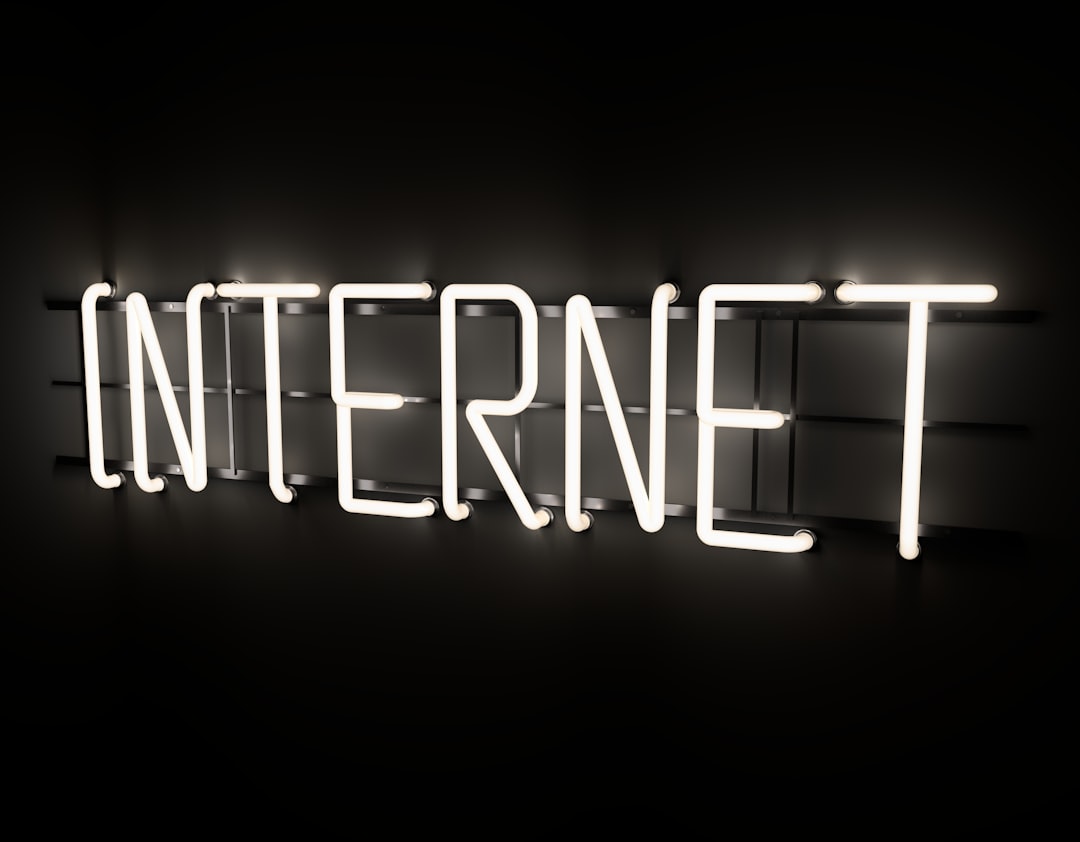In the digital age, social interactions stretch far beyond physical spaces. With this evolution has come a pressing concern: online harassment. From cyberbullying and doxxing to hate speech and digital stalking, online harassment has become a global issue affecting individuals of all ages, genders, and backgrounds. While awareness is growing, visual education — especially through powerful images — plays a crucial role in emphasizing the seriousness of this problem and sparking conversation.
Visuals can evoke emotion, narrate stories, and make abstract issues like online harassment shockingly tangible. In this article, we spotlight 8 powerful images that capture the gravity and impact of online harassment. These images not only educate viewers but also foster empathy, encourage advocacy, and inspire change.
1. The Face Behind the Screen
This photo features a young person’s face illuminated by the eerie glow of their device, eyes filled with distress. It represents the emotional toll online harassment can have on victims, especially when personal attacks are constant and inescapable.
Many victims suffer in silence, and this image challenges viewers to consider the human being behind every screen name, comment thread, and post.

2. Words That Wound
An impactful image that visually represents verbal attacks through a storm of hateful words projected onto a person’s body. Words like “ugly,” “loser,” and “worthless” scatter across the photo, conveying how digital cruelty can leave invisible but lasting wounds.
This is a valuable discussion starter for both classrooms and workplaces about the psychological effects of online commentary and why words matter.
3. The Mask of Anonymity
This image uses the symbolism of a person wearing a faceless mask in front of a laptop, with social media icons floating around them. It illustrates how anonymity can often embolden individuals to harass others online without facing consequences.
While anonymity can be a shield for marginalized voices, it also provides cover for harmful behaviors. This duality is something viewers are prompted to reflect on through this image.
4. Isolation in a Connected World
A powerful portrayal of a teenager surrounded by digital devices yet sitting alone in an empty room. The image symbolizes the paradox of social disconnection in a hyperconnected era.
Online harassment often alienates victims, pushing them into isolation and away from vital support networks. This photo is a visual reminder that online abuse doesn’t stay online — it can have tangible, offline consequences.

5. Keyboard Warrior’s Impact
Here, a computer keyboard is photographed with blood-red lighting and keys forming hateful phrases like “go die” or “no one loves you.” It’s a bold representation of how something as innocuous as typing can, in reality, be a weapon.
This image is often used in anti-cyberbullying campaigns to exhibit how serious typed insults can be — reminding viewers that screens do not soften the blow of cruelty.
6. The Digital Mob
This photo captures a person surrounded by hundreds of pointing fingers and smartphones aimed at them from all directions. It visually narrates the harrowing experience of mob harassment, where dozens or even thousands of people pile on a target in coordinated or spontaneous attacks.
Mob justice online can escalate rapidly, often without full context. This image speaks powerfully about the consequences of mass-targeted hate and pack mentality in digital spaces.
7. Breaking the Silence
A hopeful image that features a person standing up with a hand raised toward the digitally projected words that once tormented them, symbolizing empowerment and resistance. The lighting is bright, and the person’s expression is firm and resilient.
This photo is often used to represent survivors of online harassment who have found their voice — a reminder that resilience and support can overcome even the darkest experiences.
8. Empathy Happens Offline Too
An emotionally moving image of two people, one comforting the other, with a smartphone visible on a table next to them. It’s a reminder that while the harassment starts online, the healing and change can begin in real life, through empathy, compassion, and support.
Encouraging dialogue and discussions offline is essential to tackle online toxicity. This photo reaffirms the presence of real-life solidarity in the face of digital abuse.
Educational Use of These Images
The power of these images lies in their educational potential. Here are some effective ways they are being used to raise awareness and foster dialogue:
- School Programs: Teachers and counselors use these photos in presentations to make youth aware of the emotional impacts of cyberbullying and digital harassment.
- Corporate Workshops: Companies use them during training sessions on digital etiquette, diversity, and inclusion to promote respectful communication in online workspaces.
- Social Media Campaigns: Activists and nonprofits share these images to spread awareness, often using impactful hashtags to boost reach and engagement.
- Therapeutic Contexts: Mental health professionals use them to help clients articulate and understand their feelings stemming from online abuse.
Imagery like this makes abstract or dismissed experiences feel real, pressing, and worthy of urgent conversation.
The Legal and Ethical Dimensions
While scrolling these images, one can’t help but think: Is there recourse for victims of online harassment? The answer is not always straightforward.
Countries vary in their legislation. For example, in the U.S., First Amendment considerations can complicate legal responses to online abuse. In contrast, countries like the U.K. and Australia have specific cybercrime laws addressing harassment. These images often accompany policy advocacy articles that stress the need for updated laws reflecting the modern digital landscape.
Ethically, creators and platforms also bear responsibility. Algorithms that reward engagement often fail to distinguish between positive and toxic interactions. A digital ecosystem that values empathy must also prioritize safety and accountability.
Conclusion: Turning Images Into Action
Online harassment is not just a headline or a statistic. It’s a lived experience that can devastate moods, mental health, and entire lives. Images provide a powerful lens to view, understand, and stand against this digital epidemic.
Whether it’s the haunting glow on a victim’s face, the chaos of digital mobs, or a hand raised in defiance, each image is a visual story rooted in humanity. These photos educate not just through information, but through emotion — making the issue real and undeniable to all who view them.
Incorporating these visuals into conversations about digital safety isn’t just impactful; it’s essential. And as we create more respectful and empathetic online environments, let us remember that lasting change begins with awareness — one powerful image at a time.
I’m Sophia, a front-end developer with a passion for JavaScript frameworks. I enjoy sharing tips and tricks for modern web development.
